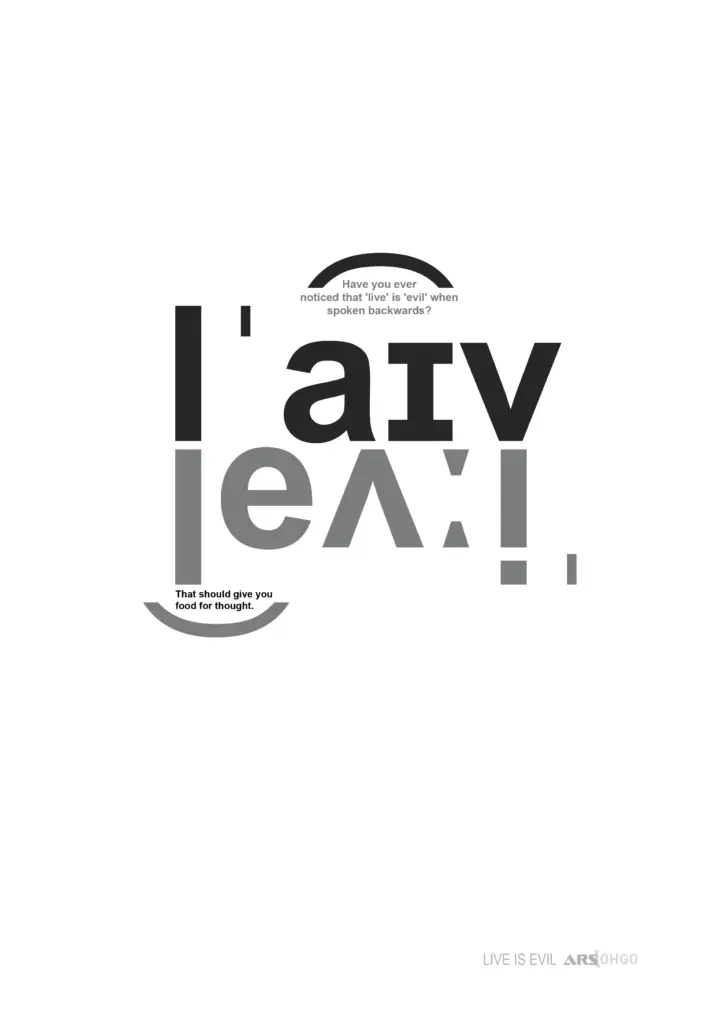
Our languages are inherently artistic, though we rarely notice their peculiarities in everyday use. We’re more likely to recognize palindromes that read identically forwards and backwards than those that create different words when reversed, as explored in this work. These linguistic subtleties reveal themselves more readily in written rather than spoken form. The more complex palindromes become—extending to phrases and complete sentences—the harder they are to identify.
Particularly fascinating are palindromes that produce new words when reversed, especially when these words relate meaningfully to the original. In German, for instance, being alive (“lebendig,” “zu leben”) becomes “evil” (“übel”) when reversed. Similarly, the German word “Leben” (life) transforms into “Nebel” (fog) when read backwards—suggesting that life can indeed be nebulous.

 Posted on April 27, 2025
Posted on April 27, 2025  by arslohgo
by arslohgo 0
0